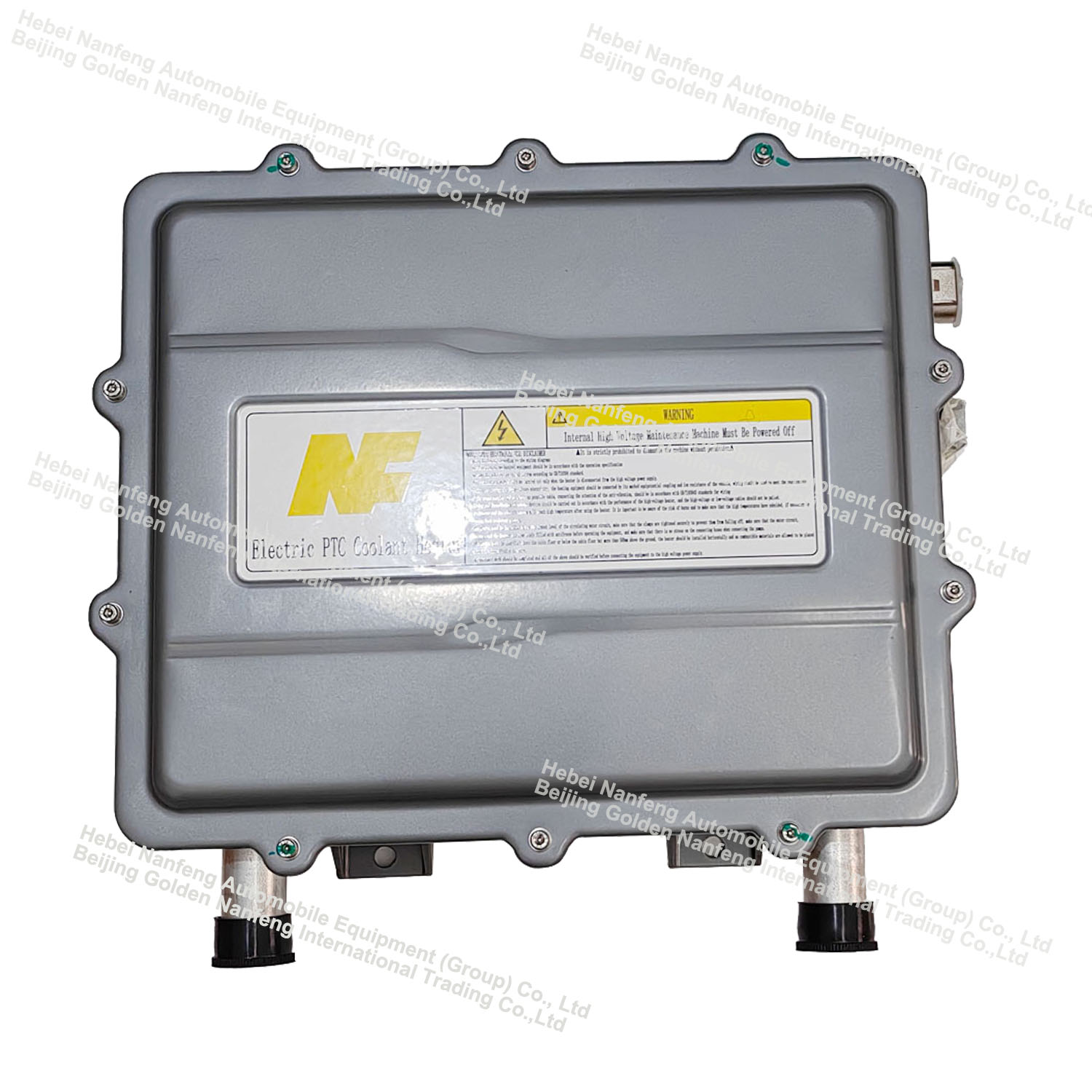1. Introduction
The thermal management system (TMS) of an automobile is an important part of the whole vehicle system. The development purpose of the thermal management system is mainly safety, comfort, energy saving, economy and durability.
The thermal management system of new energy vehicles is derived from the thermal management system of traditional fuel vehicles. It has common parts of the thermal management system of traditional fuel vehicles such as engine cooling system and air conditioning system, and has additional cooling systems for new parts such as battery motor electronic control. Among them, replacing the engine and gearbox with three electrics is the main change in the thermal management system compared with traditional fuel vehicles. In addition, there may be electric compressors replacing ordinary compressors, and new components such as battery cooling plates, battery coolers, PTC heaters or heat pumps.
2. General components of thermal management
In the thermal management system of a car, it is roughly composed of an electronic water pump, solenoid valve, compressor, PTC heater, electronic fan, expansion kettle, evaporator, and condenser.
Electronic water pump: a mechanical device for conveying liquid or pressurizing liquid. It transfers the mechanical energy of the prime mover or other external energy to the liquid, increases the energy of the liquid, and conveys the liquid. The operating principle is to judge according to the current state of the power or other components, and control the flow rate by controlling the flow through the water pump. According to different flow rates, heat can be taken away to keep the temperature stable.
PTC heater: a resistive heating device, usually with a rated working voltage between 350v-550v. When the PTC electric heater is powered on, the initial resistance is low, and the heating power is large at this time. After the temperature of the PTC heater rises above the Curie temperature, the resistance of the PTC increases sharply to generate heat, and the heat is conveyed to the components through the water medium in the water pump.
Air conditioning refrigeration system: In principle, the heat transfer effect is achieved through the special properties of the refrigerant (common refrigerants include R134-tetrafluoroethane, R12 difluorodichloromethane, etc.), by utilizing the absorption and release of heat accompanying its evaporation and condensation.
Hebei Nanfeng Automobile Equipment (Group)Co.,Ltd was established in 1993,which is a group company with 6 factories and 1 international trading company.We are the biggest vehicle heating & cooling system manufacturer in China and the designated supplier of Chinese military vehicles.Our main products are high voltage coolant heater,electronic water pump, plate heat exchanger, parking heater, parking air conditioner,etc.
Our products can be customized according to customer needs.
For more information, please visit our website: https://www.hvh-heater.com.
Post time: Sep-27-2024






